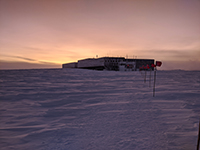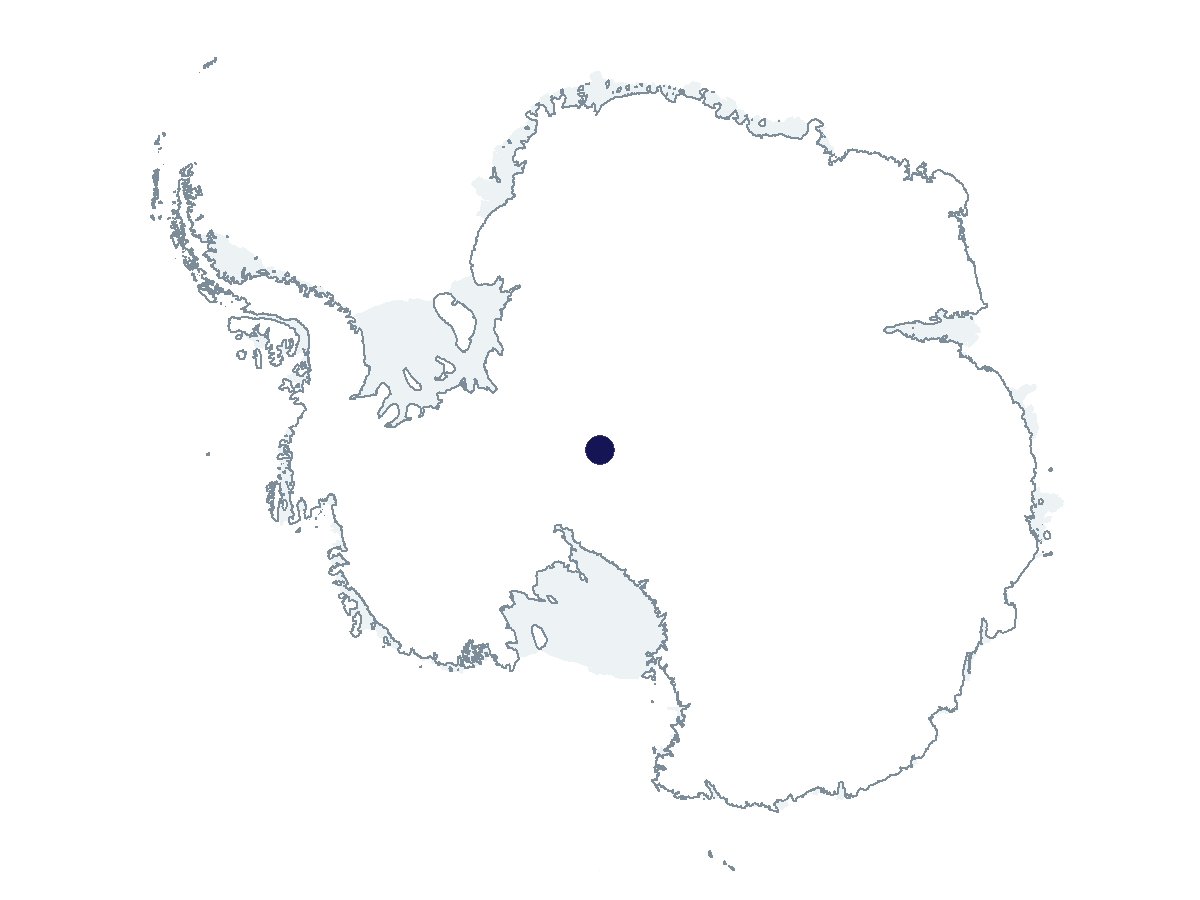2022-2023 USAP Field Season
Project Detail Project TitlePilot fiber seismic networks at the Amundsen-Scott South Pole Station Summary
Event Number:
Program Director:
ASC POC/Implementer: Principal Investigator(s)
Mr. Zhongwen Zhan
Location
Supporting Stations: South Pole Station DescriptionThis project has deployed a distributed acoustic sensing (DAS) system at the Amundsen-Scott South Pole Station. DAS is an emerging technology that transforms a single optical fiber into a massively multichannel seismic array and provides a scalable and affordable way to deploy a dense seismic network. This project has converted 8 km of existing fiber optic cable into more than 8,000 sensors to explore the potential of DAS as a breakthrough data engine for polar seismology. The currently deployed array is collecting data for the purposes of: 1) evaluation and calibration of the performance of the DAS technology in the extreme cold, very low noise (including during the exceptionally quiet austral winter) polar plateau environment; 2) recording and analysis of local ambient and transient signals from ice, anthropogenic signals, ocean microseism, atmospheric and other processes, as well as to study local, regional, and teleseismic tectonic events; and 3) structural imaging of the firn, glacial ice, glacial bed, crust, and mantle, variously using active sources, ambient seismic noise, and natural icequake and earthquake events. Field Season OverviewTwo participants will deploy for ten days for installation, calibration, and training. Twelve small self-contained nodal seismometers will be installed for the DAS calibration along the cable route out to the South Pole Remote Earth Science and Seismological Observatory. The DAS observations will be calibrated by creating small man-made vibrations at intervals along the interrogated fibers by using a propelled weight drop. The installation of nodal seismometers and calibration will require snowmobile and PistenBully support. The nodal seismometers will be picked up at the end of this phase. The DAS unit will run autonomously for one year. Remote access via Internet for command and control of the unit, and the Station’s staff support for swapping disk drives as they fill up will be required. The interrogator and disk drives will be demobilized and packed by station staff the following season. Deploying Team Members
|
2022-2023 Science Planning Summary



For USAP Participants |
For The Public |
For Researchers and EducatorsContact UsU.S. National Science FoundationOffice of Polar Programs Geosciences Directorate 2415 Eisenhower Avenue, Suite W7100 Alexandria, VA 22314 Sign up for the NSF Office of Polar Programs newsletter and events. Feedback Form |



